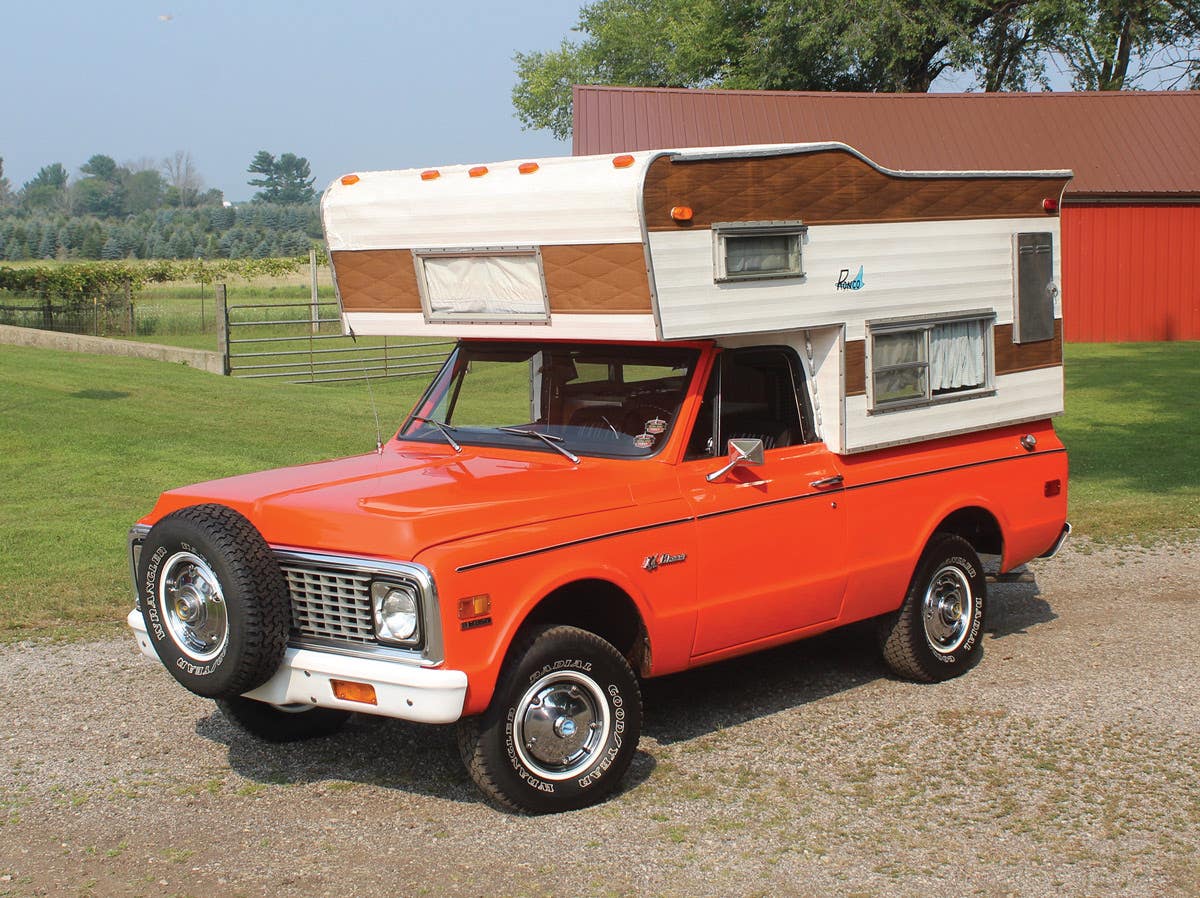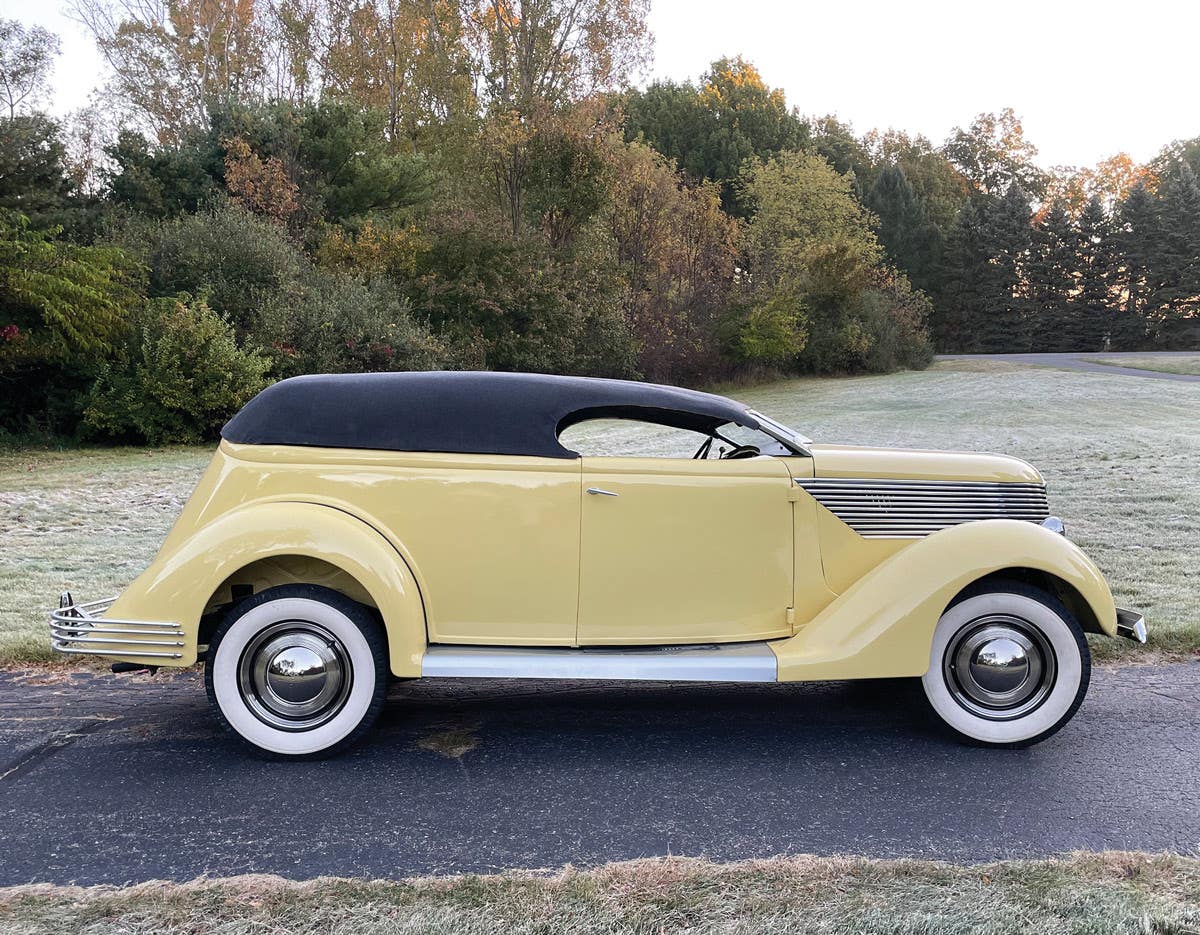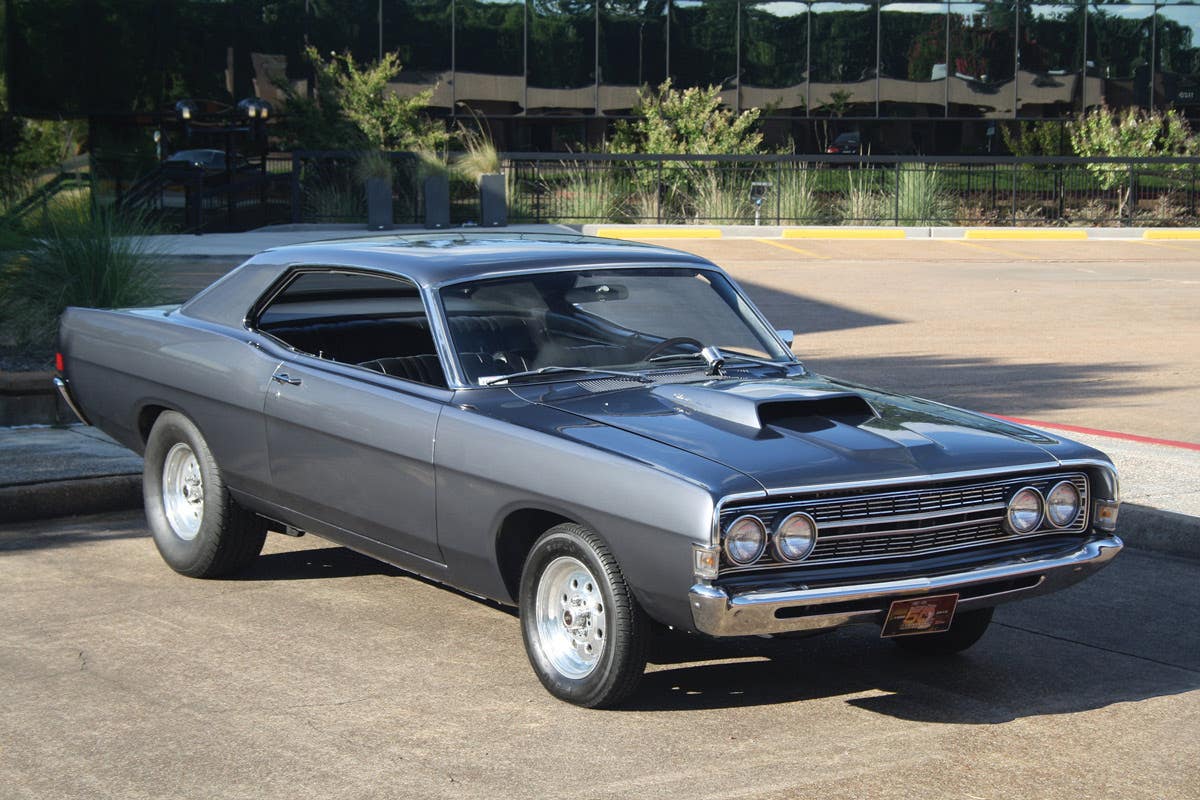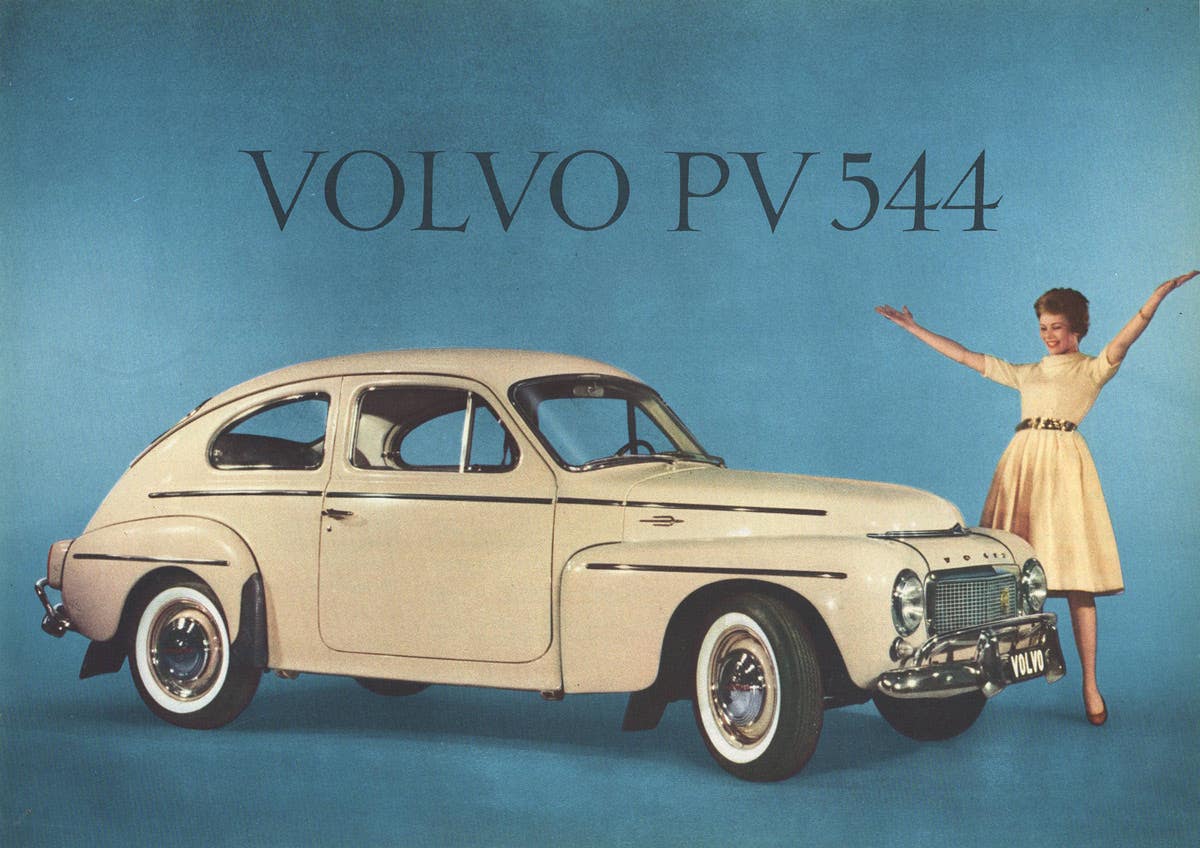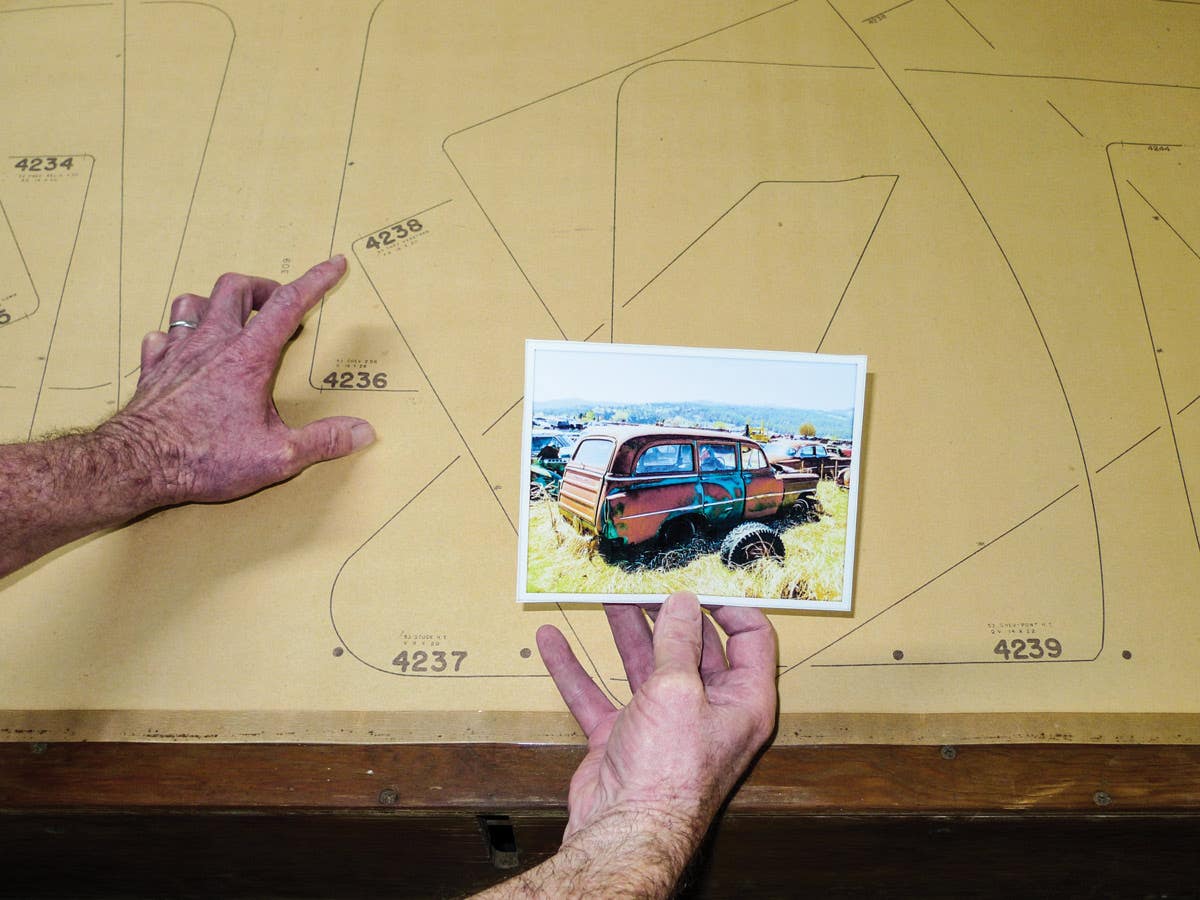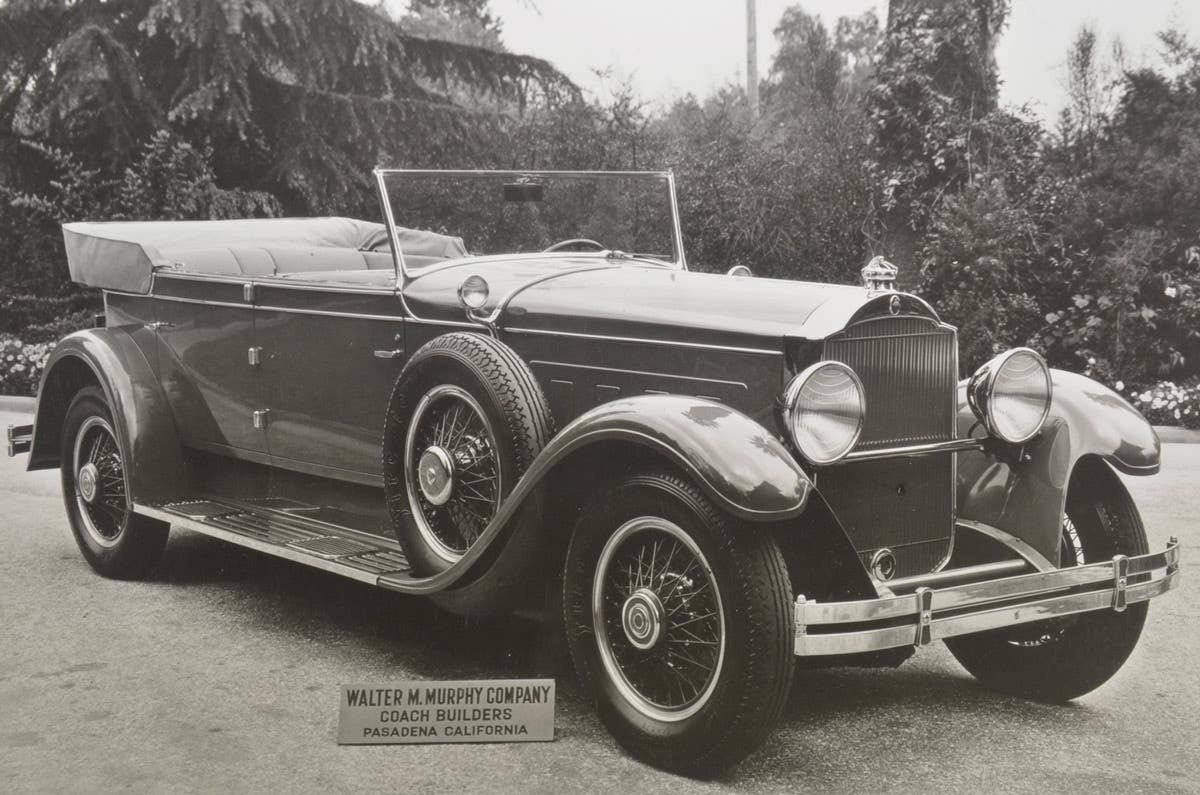Q&A with Kit Foster: February 12, 2015
Q. On page 12 of the Dec. 4 issue, Dave Ring, Ponca City, Okla., shared a photo of a Chrysler turbine calendar. That perpetual (not so perpetual after all) calendar…
Q. On page 12 of the Dec. 4 issue, Dave Ring, Ponca City, Okla., shared a photo of a Chrysler turbine calendar. That perpetual (not so perpetual after all) calendar was given to the public who participated in the 1962 Turbo Dart, Turbo Fury dealer test ride program. Chrysler sent the Turbo Dart and Turbo Fury around the country to various Chrysler, Plymouth and Dodge dealers. Our local dealer in Superior, Wis., (I lived across the harbor in Duluth, Minn.) put an ad in the paper and on a Thursday and Friday they would have the turbine pair at their dealership. My father and I went over there after supper on the Thursday night and the Turbo Fury was in the showroom while the Turbo Dart was outside running. We signed up for a ride, and after about a half hour our turn came. My father in the front and me in the back was the first time we had ever experienced a turbine car of any kind and we were hooked. My father got one of those calendars as a gift for participating in the test ride.
Three years later my father was chosen to be the 160th user of one of the 55 Ghia Chrysler Turbine cars. I don’t know if his taking that ride in 1962 helped our family become a “turbine family” or not but that is where the calendar came from. Every person who gave them their name and address and took a ride in the Turbo twins got one.
— Mark Olson, Urbana, Ill.
A. Thanks for filling in the rest of the turbine calendar story. More than just keepsakes for Chrysler Ghia Turbine test users, they went to potential users and customers as well. Mark invites us to visit his website http://www.turbinecar.com. It has a wealth of information on the Ghia Turbine cars, including the full story of the Olson family’s experience.
Q. I am restoring a 1966 Cadillac DeVille convertible. The rear body mounts are missing. I can only find 1965 or 1967, but not 1966. Do you know if these are the same or someone who sells the ones I need?
— David Muschko, Ringwood, N.J.
A. I don’t, but perhaps we should follow the advice of Bob Adler (Nov. 27) and start with the part numbers. Those will tell if there’s interchange among those years, and also will help in finding a source. Can anyone help with the part number for rear body mounts on a 1966 Cadillac DeVille convertible?
Q. In a Cracker Barrel restaurant in Texas I noticed this hubcap, but have not been able to match the script on it with any make or model car. I checked my “American Car Spotters Guide” and my “Illustrated Motor Cars of the World” book and came up with nothing. Any idea what car this came from?
— Bix Beitelman, Canyon Lake, Texas
A. Yes, it’s intended for a Kuick, uh, Buick. It’s an aftermarket cap, sold by the likes of J.C. Whitney some years back, “disguised” to avoid trademark infringements with Buick. We covered a similar situation a while ago with “Fool” hubcaps in imitation Ford script.
Q. I have an early 1930 Ford Model A Deluxe coupe with a plate attached to the left side door post. The number reads “Minn 62-2427.” Can anyone tell what the number stands for?
— Mike Reed, Lake Mary, Fla.
A. Editor Angelo Van Bogart, a former Minnesota resident, confirms my suspicions. The number was assigned by Minnesota’s DMV (now called Driver and Vehicle Services). States issue these numbers when they are unable to verify a car’s original Vehicle Identification Number, something that is common with Model A Fords.
Model A’s have a VIN stamped on the chassis that should match the number stamped on the left side of the engine block. However, lots and lots of Model A’s have had engine transplants, particularly back in the days when they were everyday cars. Any Model A engine will fit any Model A, and since 1929 was the A’s best year there are more cars running around today with 1929 engine numbers than any other, regardless of their actual year of manufacture. The principal chassis number, however, is hidden by the running board splash apron, which means the body must be removed to read it. Often “transplant” cars have been registered by the number on their current engine, regardless of whether it’s appropriate for the car, and sometimes A’s are registered by the wrong year. The DMV-assigned number is a way to create an unambiguous identity for a car of questionable provenance but unquestioned ownership.
To submit questions to this column: E-mail angelo.vanbogart@fwmedia.com or mail to: Q&A, c/o Angelo Van Bogart, 700 E. State St., Iola, WI 54990-0001.
Got Old Cars?
If you don't subscribe to Old Cars Weekly magazine, you're missing out on the only weekly magazine in the car hobby. And we'll deliver 50 issues a year right to your mailbox every week for less than the price of a oil change! Click here to see what you're missing with Old Cars Weekly!
More Resources for Car Collectors:
- Classic car price guides, research, books, back issues of Old Cars Weekly & more
- Get expert restoration advice for your classic car
- Get car pricing, data and history all in one place
- Sign up for Old Cars Weekly's FREE email newsletter
- Need to buy or sell your classic car? Looking for parts or memorabilia? Search our huge online classified marketplace



